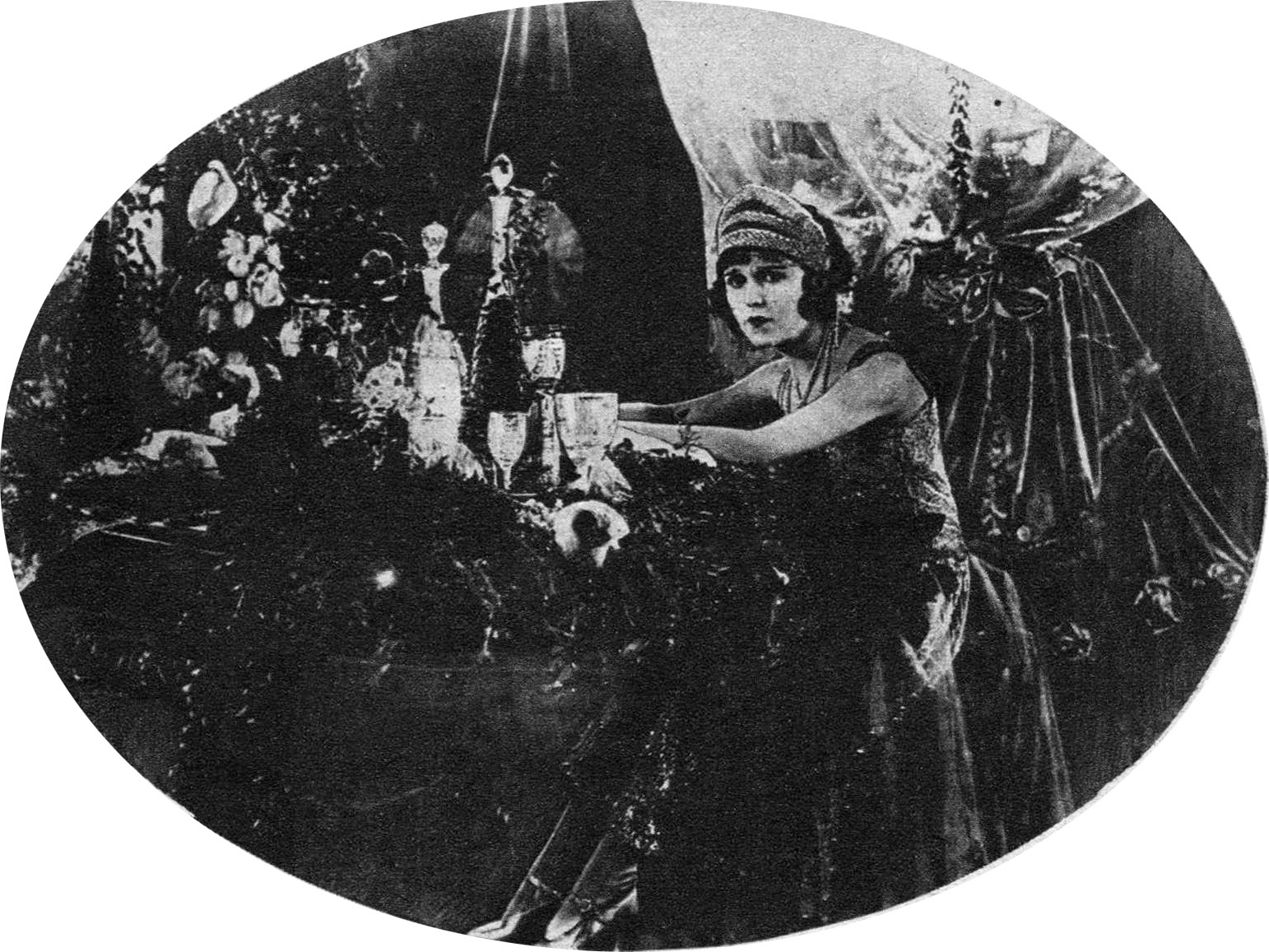 The Jazz singer was presented in Paris on January 24, 1929, more than one year after its huge success in the USA. It took another 10 months for a French-speaking film to hit the screens (RCA sound-on-film system), presented at the Marivaux theater on October 31, 1929 and released to the audience the next day (there was even a release in Quebec).
The Jazz singer was presented in Paris on January 24, 1929, more than one year after its huge success in the USA. It took another 10 months for a French-speaking film to hit the screens (RCA sound-on-film system), presented at the Marivaux theater on October 31, 1929 and released to the audience the next day (there was even a release in Quebec).  |
| 1929 The Three Masks |
 |
| 1921 The Three Masks |
 |
| 1921 Henry Krauss & Charlotte Barbier-Krauss |
 |
| 1929 Jean Toulout & Clotilde Person |
Here is a short clip of the 1929 film:
 |
| 1921 The dead son under a mask |
 |
| 1929 The dead son under a mask |
 |
| 1921 "Let us in" |
 |
| Henry Krauss (1921) |
 |
| Jean Toulout (1929) |
.jpg) |
| 1929 Renée Héribel (Viola) & François Rozet (Paolo) |
Don't forget to click "like" on the Facebook page for more pictures, articles, & updates.
That's all for today folks!



























